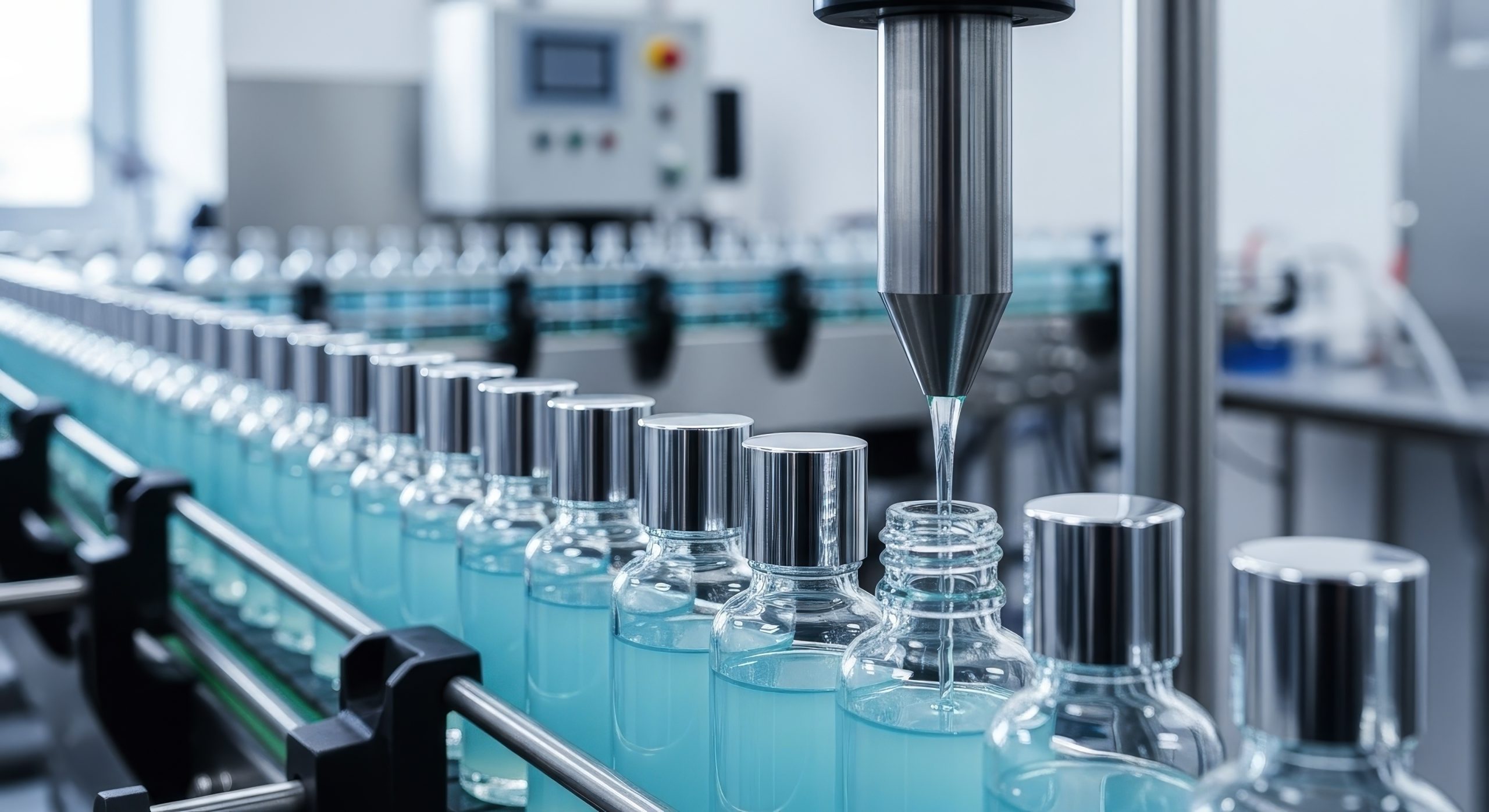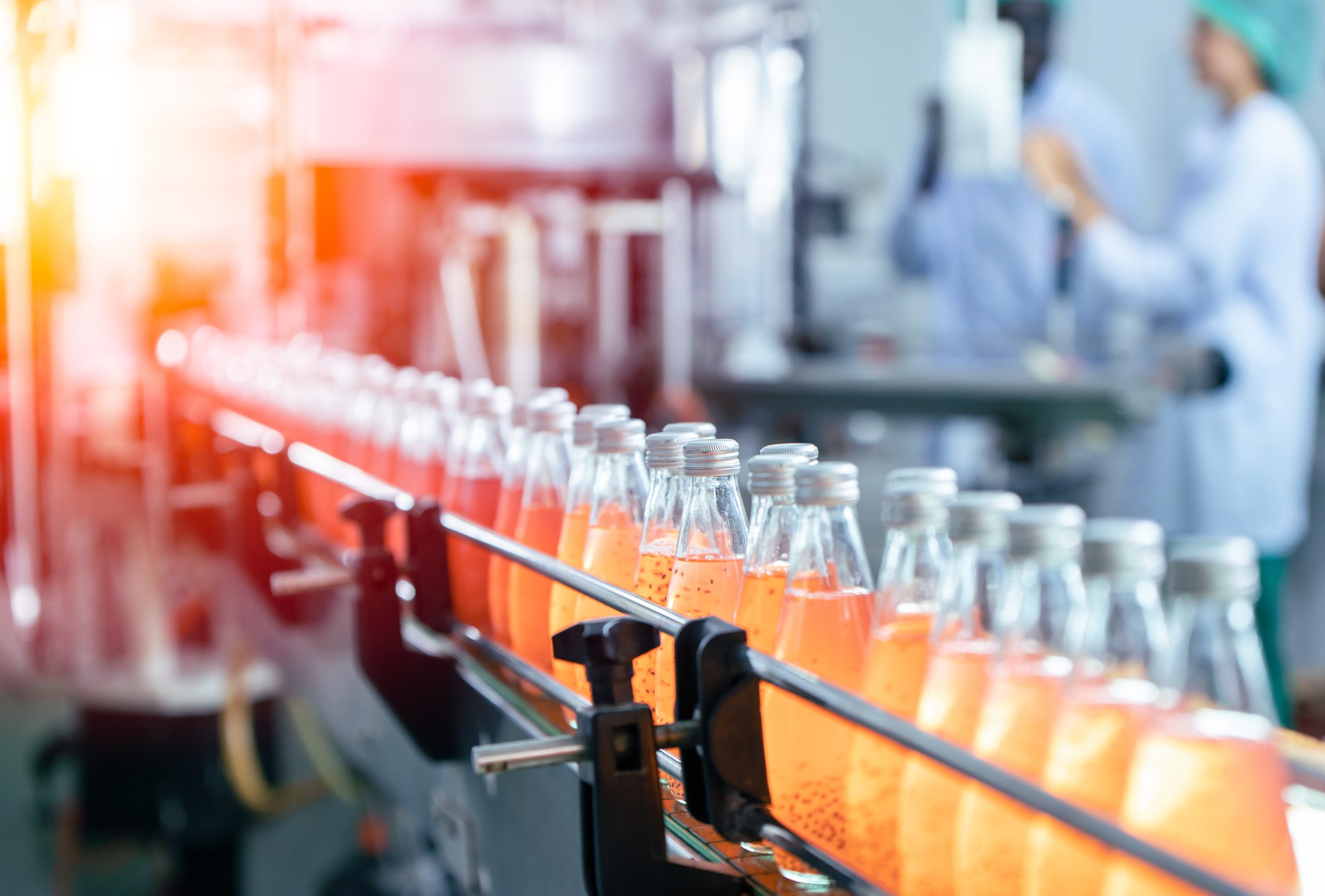Category
Advice
-

Our Blogs and Articles – What to expect
At Hi-Tech Machinery, we’ve spent the last few months re building our website and our online presence to ensure we are providing our customers with the best experience and support.
-

Understanding Pump Selection
Check Valve Vs. Rotary Valve with UBA Pumps When choosing a UBA pump for your filling application, the valve configuration is just as important as the pump model. UBA pumps…